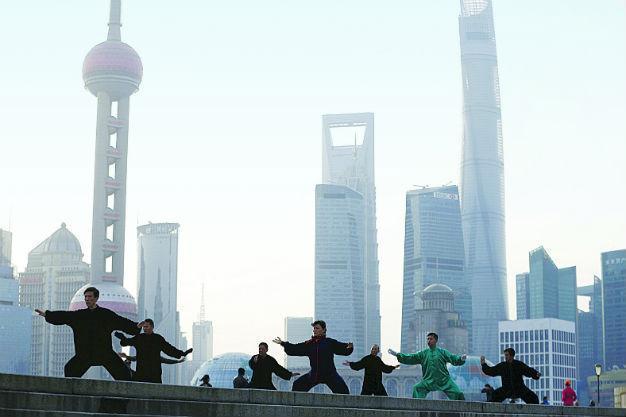Political situation and ‘One Belt, One Road’
ZAHARI ZAHARIEV President of the Slaviani Foundation, Bulgaria

A major characteristic of the so called “Chinese road to socialism”, is that by the end of the 20th century its notional basis was shaped by the concept of the civilizational character of the transition in terms of the “fourth industrial coup “. The principle that “new civilization realities require new managerial decisions” manifested itself as a key to understanding all aspects of the general development of PR of China over the past 30 years.
A specific aspect of this antidogmatic, socialist in its ideologically political approach to the new realities of civilizational transition, is the view that “global problems require global solutions.” This, however, automatically brings the search for the successful development of adequate managerial approaches away from the spheres of traditional domestic policy, directing them to the field of geopolitical relationships. Hence the objective nature of the widening international commitments of the PRC. This is interconnected with the increasingly powerful presence of the “Chinese factor” in world politics.
A specific manifestation of this complex interdependence is the initiative of the Chairman of the PRC from the autumn of 2013 “One Belt, One Road.” The document on this project, prepared by the The National Development and Reform Commission of the People’s Republic of China, identifies five principles for its implementation:
v Assistance for the development of transport and other basic infrastructure;
v Overcoming customs and other non-tariff barriers hindering trade relations;
v Development of a comprehensive system of agreements on free trade zone;
v Affirming the national currency in commercial accounts;
v Strengthening and development of humanitarian relations
In their complexity, these principles provide also a real and mutually beneficial basis for the creation of an area of peace and security on the territory of Eurasia. They establish conditions for reciprocally advantageous cooperation between the existing integration unions. An indivisible part of the effort to achieve
this is the Chinese project
“9 +1” for the development of relations between the PRC and Eastern Europe.
The project “One belt, one road “ goes far beyond the scale of regional and transcontinental economic cooperation. It would be biased to evaluate this initiative just as a new integration application, designed only to extend and further develop existing large-scale projects such as the Shanghai Cooperation Organisation.
With good reason we can agree with the view of the most respected political analysts, that we have before us “the largest and unique, complex geopolitical project in recent history whose dimensions can change the picture of the 21st century.”
In this case we are talking about an initiative that combines integrated solutions to the most topical issues, concerning both international economic and financial relations, as well as the new geopolitical map of Eurasia and the world. Seen globally, the project does not contravene the aims of any of the already established organizations.
All the more that they, as a rule, are interlinked and mutually complemented.
On the contrary, its purpose is to find a new integrative index between them, in order to counter the dominant hitherto process of geopolitical fragmentation. From this perspective, the implementation of the project will not only contribute to the formation of the still absent global security system, but could also have a healing effect on the existing military conflicts and areas of high military-political tension.
 A major characteristic of the so called “Chinese road to socialism”, is that by the end of the 20th century its notional basis was shaped by the concept of the civilizational character of the transition in terms of the “fourth industrial coup “. The principle that “new civilization realities require new managerial decisions” manifested itself as a key to understanding all aspects of the general development of PR of China over the past 30 years.
A major characteristic of the so called “Chinese road to socialism”, is that by the end of the 20th century its notional basis was shaped by the concept of the civilizational character of the transition in terms of the “fourth industrial coup “. The principle that “new civilization realities require new managerial decisions” manifested itself as a key to understanding all aspects of the general development of PR of China over the past 30 years.